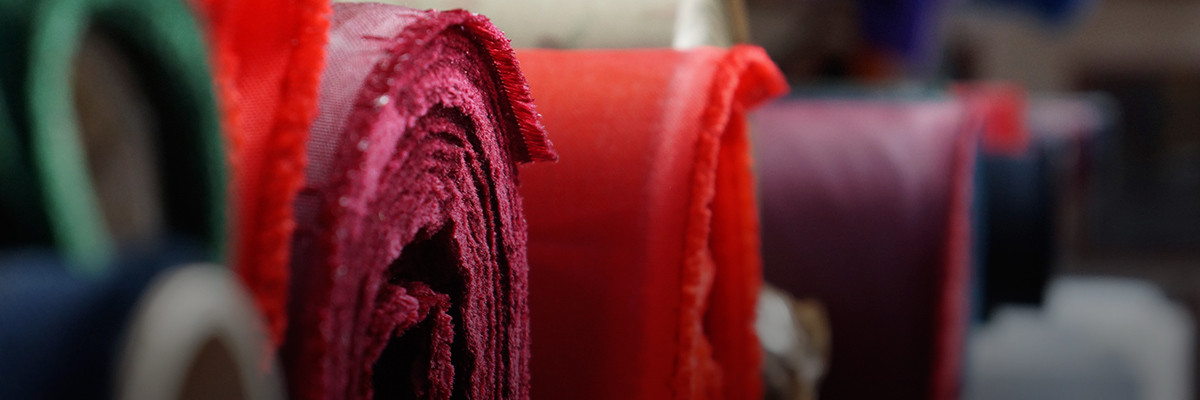
Authors
-
Emilie Prattico
Former Manager, BSR
The apparel industry has a significant environmental impact. Each year, more than 70 million trees are logged to make synthetic fabrics like rayon, viscose, and modal, and 70 million barrels of oil are used to meet the global demand for the most commonly used fiber in our clothing, polyester, which takes more than two centuries to decompose. The production of synthetic fibers also emits gasses like nitrous oxide, which has an impact on global warming that is almost 300 times more powerful than carbon dioxide. Faced with the scale of this impact, only a consequential shift in the entire apparel sector will help us manage our resources.
This shift would involve transforming the sector to a circular economy, where products, components, and materials are at their highest value at all times, eliminating waste along the value chain, restoring resources that the sector relies on, and extending the lifecycle of products. This shift would lessen the environmental impact of the sector—and even potentially restore resources.
A key aspect of this transformation is to extend the lifecycle of clothes by focusing on consumers, who are responsible for the use phase—when the clothes are actually purchased, worn, and then discarded. However, the use phase is a particularly challenging aspect of the shift toward a circular model, as a recent event hosted by H&M, as part of its World Recycle Week, demonstrated.
The first challenge is one of differing customer needs and rewards. In the workshops that BSR facilitated throughout a day of H&M-hosted launch events, we learned that there is no “one size fits all” solution to closing the loop during the use phase: Active consumers of sportswear don’t have the same needs as parents of children growing at fast paces. Therefore, companies will have to explore customized services and incentives for their specific customer profiles to encourage them to extend the life of their clothes.
Another challenge is how to reward customers for being engaged, without generating a “rebound effect,” where, upon recycling or repairing apparel, customers award themselves “credits” for less virtuous behavior. Indeed, while Patagonia has spearheaded many initiatives that favor closing the loop and encouraged its customers to buy less via the “Don’t Buy This Jacket” advertising campaign, the company has doubled operations and tripled profits since 2008. There could be several explanations for this growth, but it suggests that while companies are encouraging consumers to keep and care for their clothes, growth and sales remain at the heart of many companies’ strategies. In spite of efforts to promote behavior with less of an environmental footprint, consumers continue to purchase more clothes, offsetting the overall benefits of extending the use phase.
Finally, we cannot expect the onus of extending the life of their clothes to be exclusively on consumers. As long as companies encourage them to buy the latest trends at low prices, change styles in matters of weeks, and manufacture apparel in ways that are not always built to last, the use phase will stay short, and all the steps that precede the use phase will not contribute to a circular economy. In the end, it is at every point of the fashion value chain—from design, to sourcing materials and dyes, to retail and distribution—that the circular transformation must take place.
H&M brought together a diverse group of academics, industry practitioners, civil society organizations, and innovators to discuss these challenging topics, demonstrating that the company is committed to contributing to this global transformation. And solutions are increasingly within reach: Winners of the H&M innovation challenge, in attendance during the launch events, included startups and established companies developing polyester digesters, new business models for recycling, and less-polluting textile manufacturing. The time is now ripe to implement these solutions at scale, and close the loop.
Let’s talk about how BSR can help you to transform your business and achieve your sustainability goals.